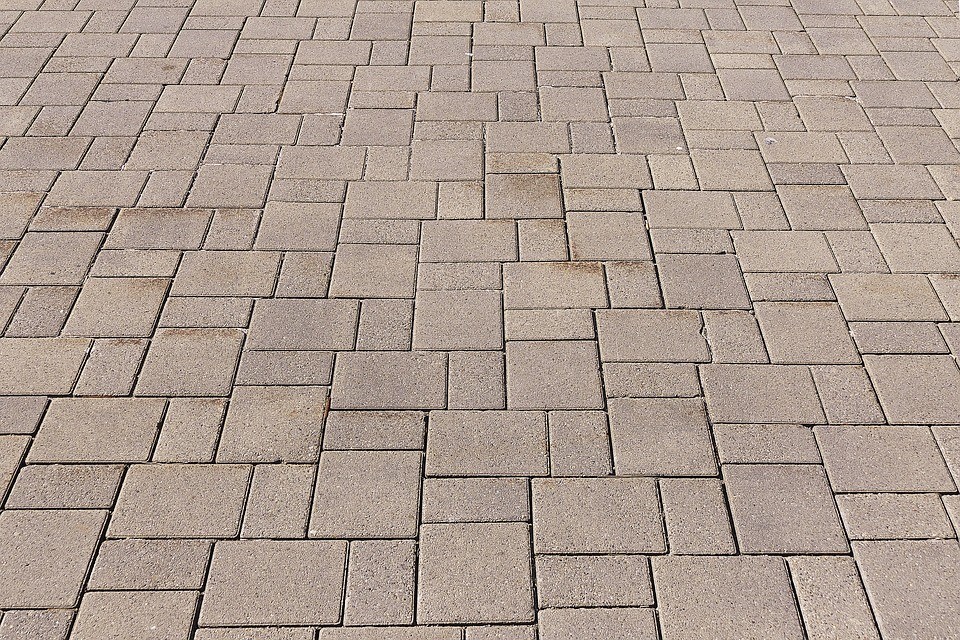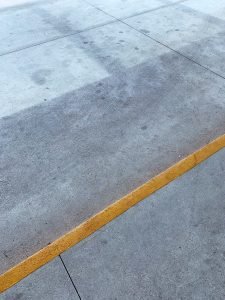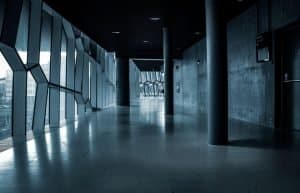Dealing with sunken or uneven concrete surfaces can be a hassle, so it’s essential to take steps to prevent future settling and maintain long-term stability. Whether you’ve recently had concrete lifting or want to ensure your concrete remains in top condition, here are some tips to help you achieve lasting results.
1. Address Underlying Soil Issues
One of the primary causes of concrete settling is unstable or poorly compacted soil beneath the surface. To prevent future settling, it’s crucial to address any underlying soil issues. This may involve soil stabilization techniques or improving drainage to prevent erosion. Consulting with a professional can help you determine the best approach for your specific situation.
2. Proper Drainage
Ensure that your property has proper drainage systems in place. Poor drainage can lead to soil erosion, which can create voids beneath your concrete surfaces. Install gutters, downspouts, and proper grading to direct water away from your concrete, preventing erosion and soil displacement.
3. Regular Maintenance
Regularly inspect your concrete surfaces for any signs of cracking, sinking, or unevenness. Catching issues early can prevent them from worsening. Promptly address any minor cracks or surface imperfections to prevent them from turning into larger problems.
4. Fill Voids Promptly
If you notice voids forming beneath your concrete, fill them promptly. Voids can cause the concrete to settle unevenly. Injecting polyurethane foam or grout into these voids can stabilize the soil and prevent further settling.
5. Avoid Overloading
Be mindful of the weight and load-bearing capacity of your concrete surfaces. Overloading can lead to sinking or cracking. Avoid parking heavy vehicles or machinery on your concrete unless it’s designed for such use. Distribute weight evenly to prevent localized pressure.
6. Professional Repairs
If you notice any significant issues with your concrete surfaces, such as extensive cracking or sinking, consult with professionals like Mud Dog Jacking. They can assess the situation and provide expert repair and lifting solutions to ensure long-term stability.
7. Sealing
Consider sealing your concrete surfaces regularly. Concrete sealers create a protective barrier that helps prevent water penetration, which can lead to erosion and soil displacement. Sealing also enhances the appearance and longevity of your concrete.
8. Proper Installation
When installing new concrete, whether it’s a driveway, sidewalk, or patio, ensure proper preparation and installation. This includes adequate compaction of the soil, proper reinforcement, and curing. Quality installation is essential for long-term concrete stability.
9. Consult Professionals
If you have concerns about the stability of your concrete surfaces or want to ensure they remain in good condition, consult with professionals like Mud Dog Jacking. They have the expertise to assess your concrete, address any issues, and provide preventive measures to maintain stability.
By following these tips and investing in preventive measures, you can enjoy long-term stability and durability for your concrete surfaces. Remember that regular maintenance and professional guidance are key to preventing future settling and ensuring your concrete remains in top condition.
If you have concrete maintenance or repair needs, contact Mud Dog Jacking at (801) 644-9122 or visit our website at https://www.muddogjacking.com/. We’re here to help you achieve long-lasting concrete stability.




